From Royal Carriages to Spiritual Creations: The Journey of Yosef Zakaria
How did Yosef Zakaria, from a Persian childhood, become an artist crafting Judaica pieces from 4 millimeters to 4,000 square meters? Join us for a fascinating conversation.
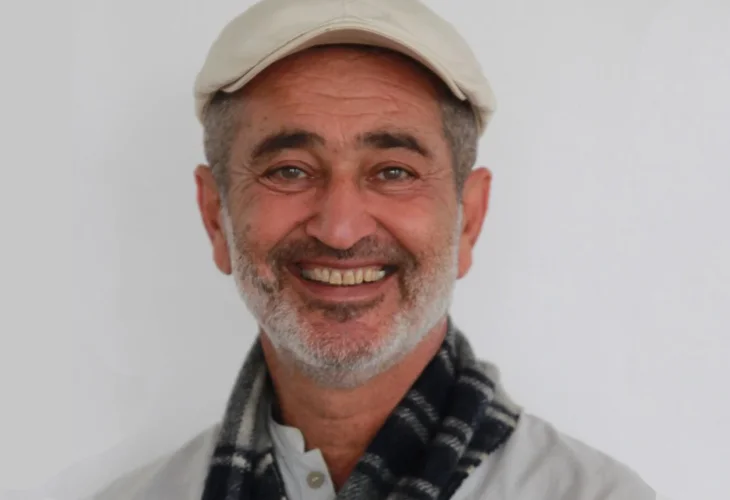 Yosef Zakaria exhibited a solo show at the Miklat Gallery during Elul's Design Week.
Yosef Zakaria exhibited a solo show at the Miklat Gallery during Elul's Design Week.In the 1990s, an enthusiastic woman visited one of Yosef Zakaria’s exhibitions. She wandered around the gallery, deeply connecting with each artwork. At the tour’s end, she asked to meet the artist. Upon seeing Zakaria, she was astonished: “It can’t be you! You’re religious.”
Zakaria recalls this with an amused smile. “That comment really boosted me. Ten years earlier, I was where she was, and being called religious by her was empowering.”
Zakaria is a world-renowned jeweler and artist, committed to creating meaningful, message-rich art that connects the heart to Hashem. But it wasn’t always this way; his journey is nothing short of fascinating.
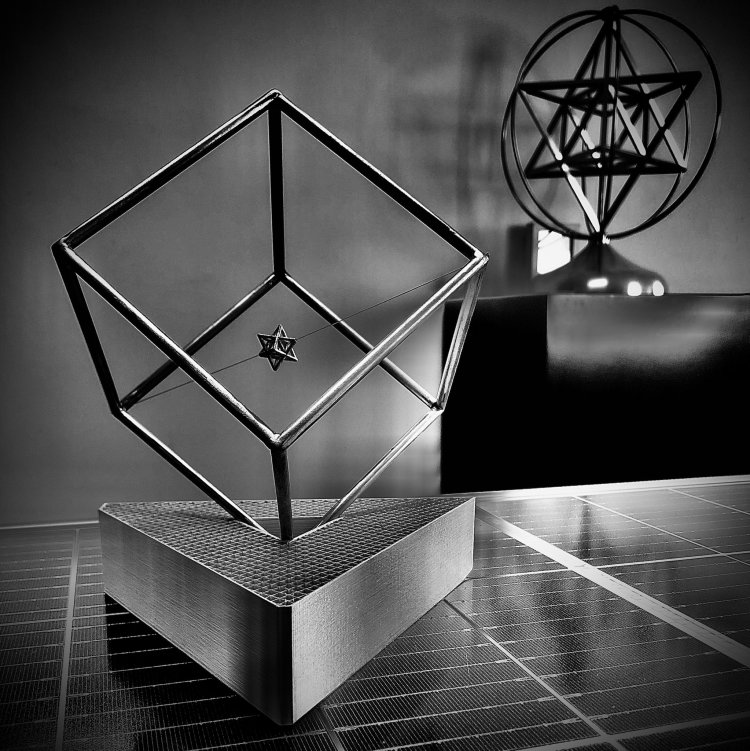
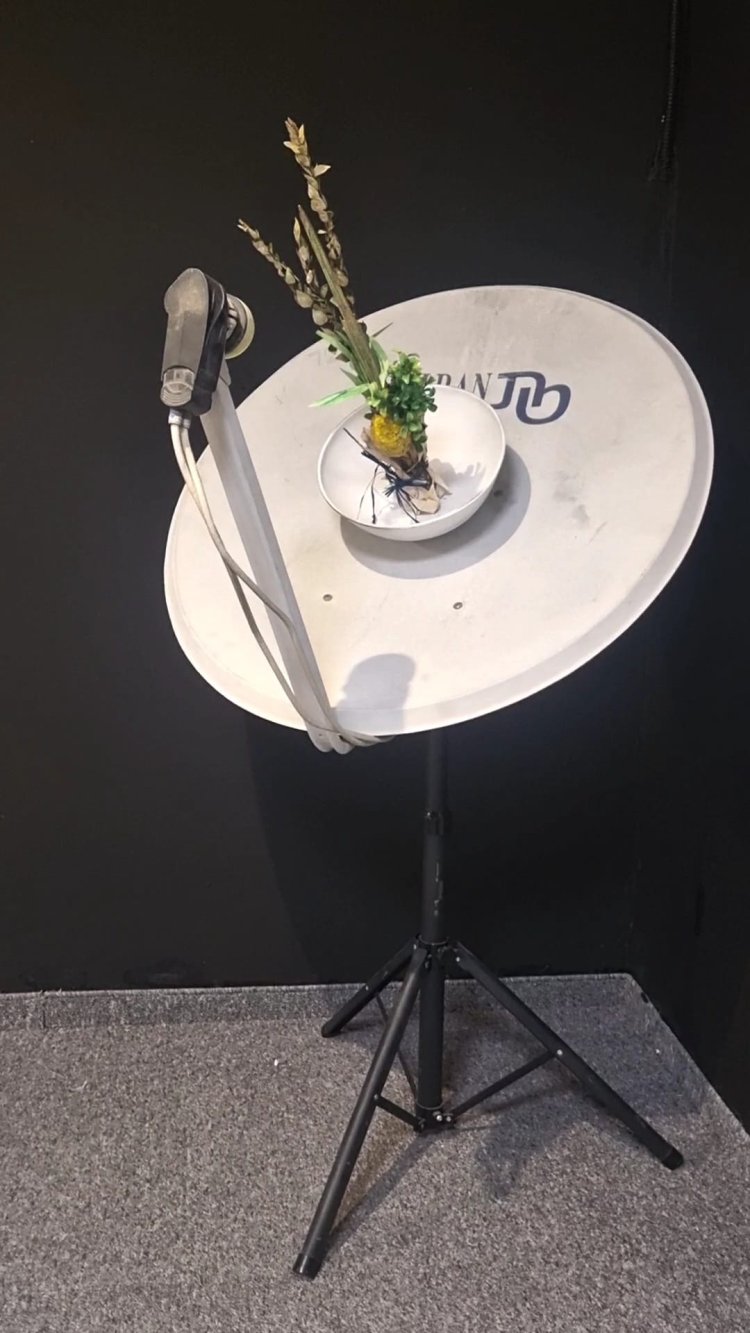
A Childhood in Art
“I was born in Tehran in the ’60s, surrounded by gold, precious stones, and fine craftsmanship,” says Zakaria of his early years. “Our home was like a workshop where anything was possible. My father, a renowned jeweler, passed his love of art to me before I even learned to speak. My childhood memories are filled with the sound of hammers, the scent of hot metal, and the sparkle of stones.”
“Every day, early in the morning, I’d walk with my father to his workshop, returning home only by evening for a family meal, before heading back to work late into the night. My father worked on magnificent pieces for the royal court and other elite clients. I remember the model of a royal carriage he made for the Shah, still in progress then—a masterpiece for a boy and a magical kingdom in that workshop.”
Zakaria and his family moved to Israel in the ’70s. After military service in 1985, he started his career as a jeweler. “I opened my first studio on Ben Yehuda Street, fueled with ambition and motivation, creating artworks from 4 millimeters to 4,000 square meters.”
Do you still work in this field today?
“Absolutely, even forty years after opening my first studio, I'm still creating with diverse materials. From delicate jewelry to extensive Judaic art projects, I blend ancient traditions with contemporary design language. Every piece expresses an ongoing exploration of material and spirit, aiming to convey deep messages visually. Any medium is valid for this—sculpture, smithing, framing, paper, canvas—all materials serve a purpose.”
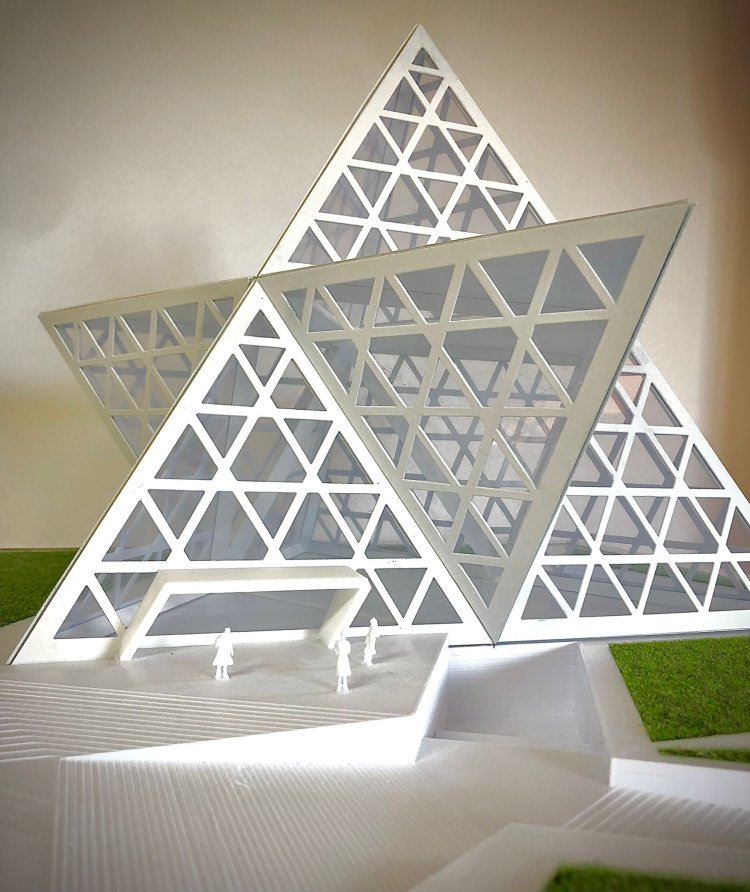
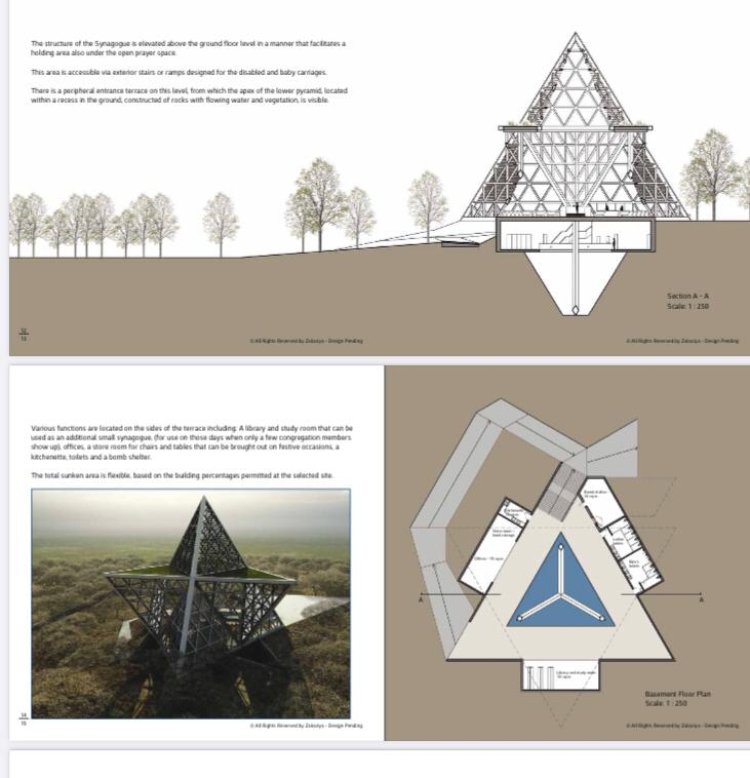
Art with a Message
Zakaria’s work is characterized by the messages behind each piece, as seen in his current exhibition at the ‘Miklat Gallery’ in Jerusalem. “Take a Sukkot tradition: shaking the lulav 72 times a day. I aim not just to paint the lulav but to capture the ritual’s profound secrets. That’s why I created the four species on a satellite shell plate, directing in different directions to form a spiritual magnetic field, adding depth to the work.
“Similarly, when I designed a model symbolizing the mitzvah of tefillin, I likened it to radio devices connecting a person to Hashem. Every detail is purposeful, imparting a sense of action’s influence on one’s spirit. I designed the tzitzit as a knight’s chain mail, a similar style to other creations. I believe seeing such art changes your prayer, deepening connection.”
Are your works aimed at people outside the religious community too?
“Definitely. My art speaks to a broad audience, including non-religious people, aiming to spark thought and curiosity without preaching specific views. I believe art should invite viewers to participate, encouraging exploration and discovery of new meanings.”
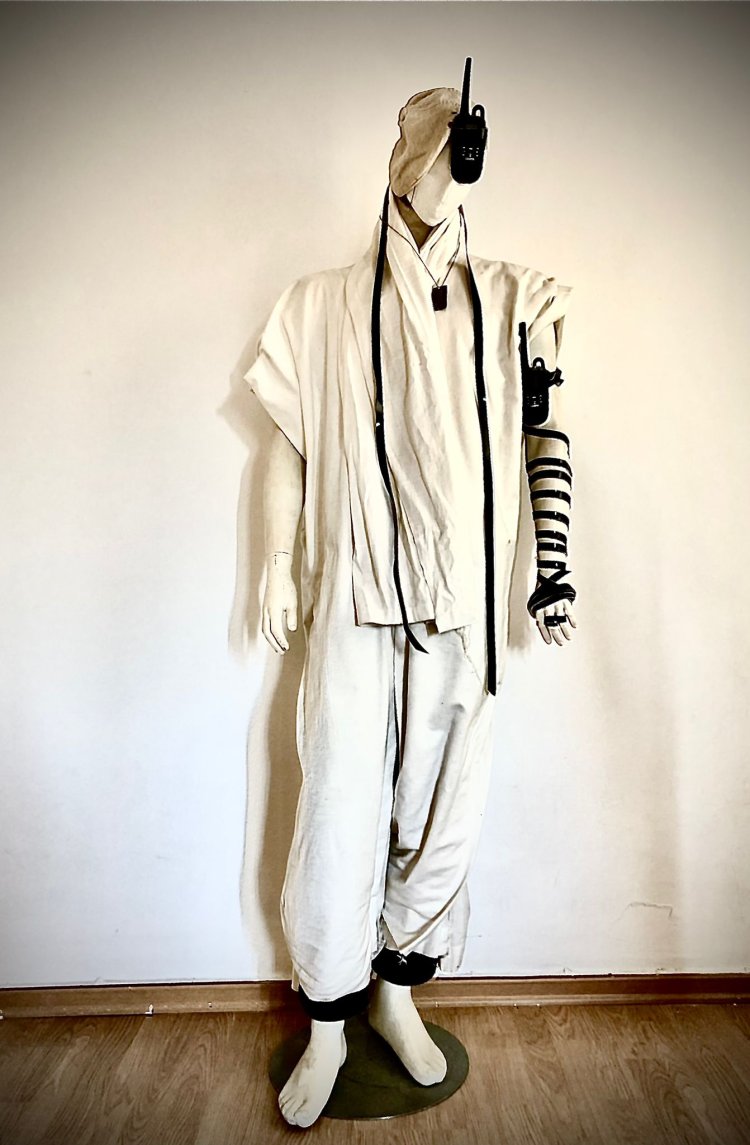
Opening Eyes
At the core of Zakaria’s art is a carriage model he often uses, to which he feels particularly connected. “Since childhood, navigation fascinated me—on land, sea, and through cosmic elements. Observing these, I felt an openness, prompting deep faith questions, leading me to study sacred texts, finding them rich in scientific insights echoed today, all written long ago.
This interest led to a unique bond with Rabbi Eliyahu Azar, and the creation of the ‘Synagogue of the Chariot’ model, born from a deep exploration journey, with every detail chosen to reflect the spiritual and profound significance of the structure. Every item within the synagogue bears meaning, thoughtfully considered in the building’s architecture.
“Originally crafted as an art model, it’s now certain a synagogue will be built in Israel, and I am in talks with several authorities interested in having this unique, artistic structure built on their land,” he states.
Zakaria emphasizes, “I believe every person and artist is Hashem’s messenger to convey His messages. The more we observe nature, the clearer these messages become. Since aligning with Torah and mitzvot, every artwork I produce holds meaning, accompanying statements, and messages I strive to convey.
“Even a simple creation, made absently, like a piece of Roman glass from the sea or a limestone wrapped in pure gold, carries a message: ‘Look at Hashem’s creation, marvel at how sand and wind sculpt these raw materials into magnificent forms. Just open your eyes and witness the Creator’s amazing world.”

